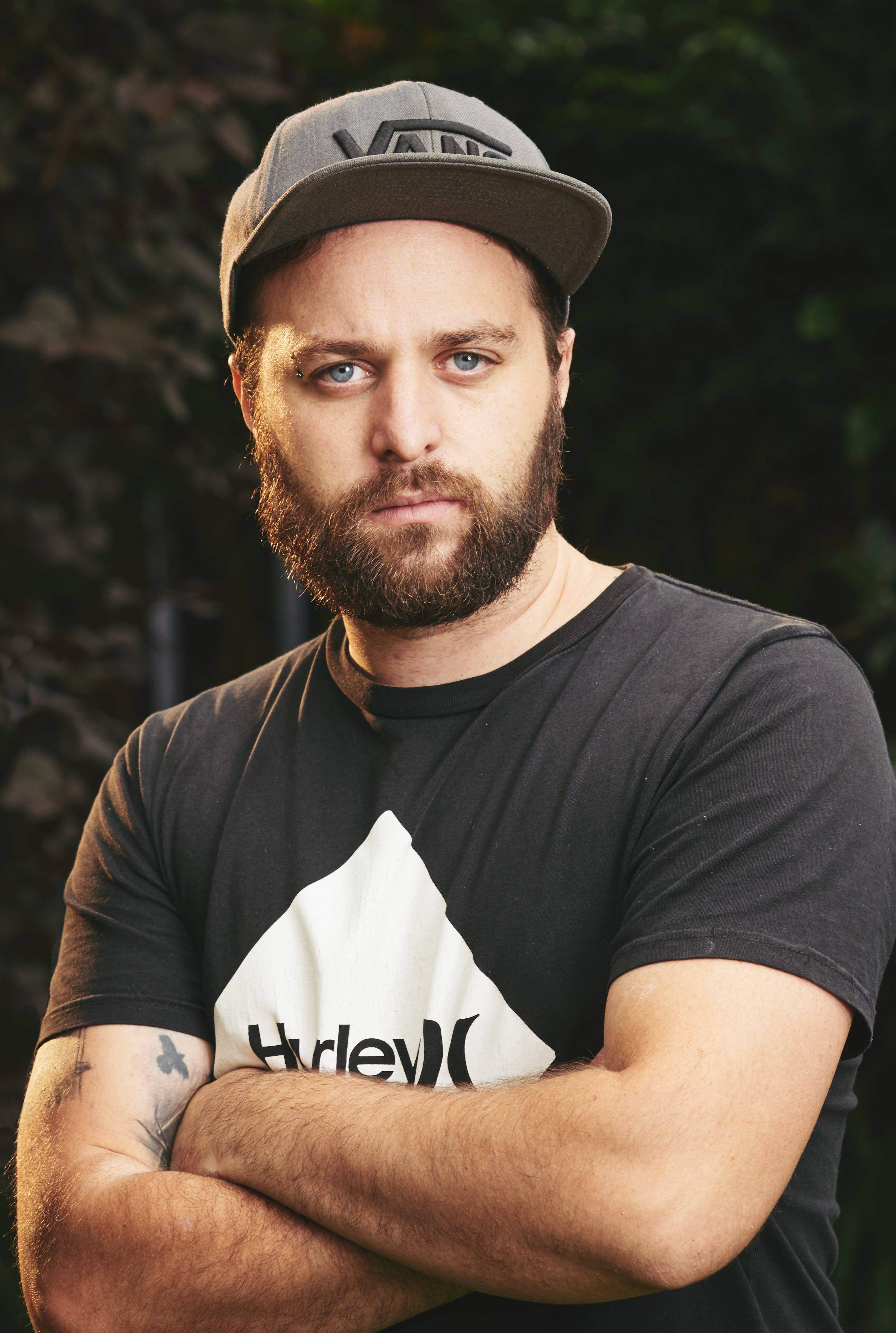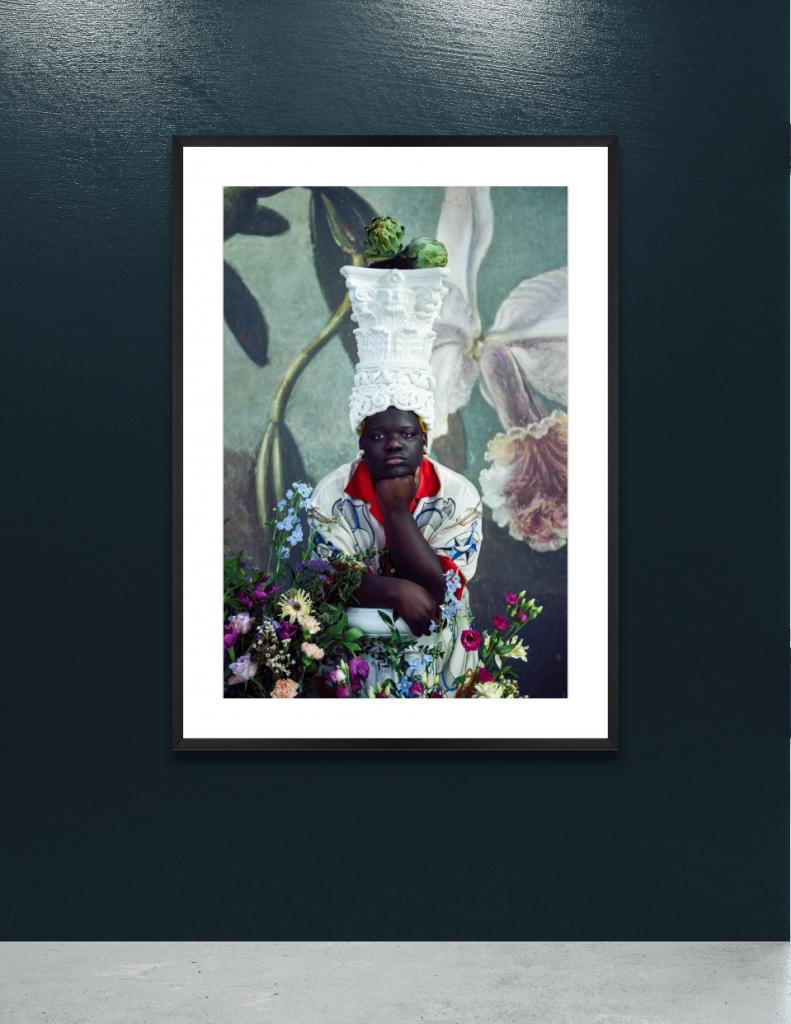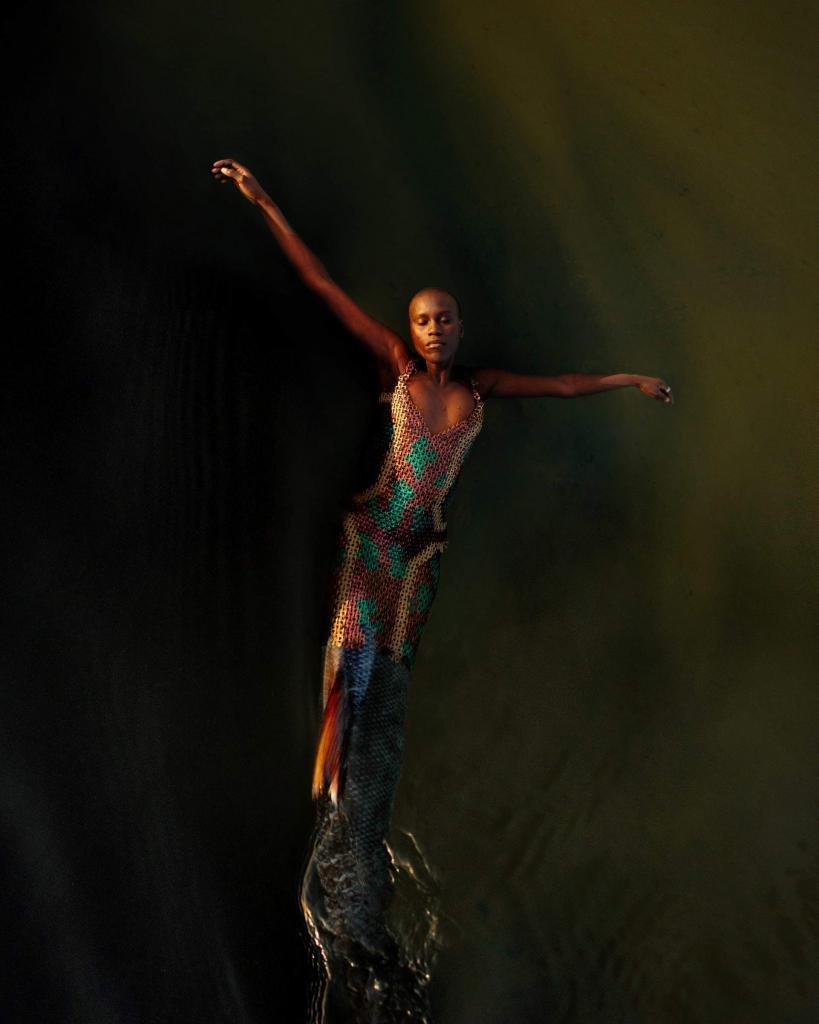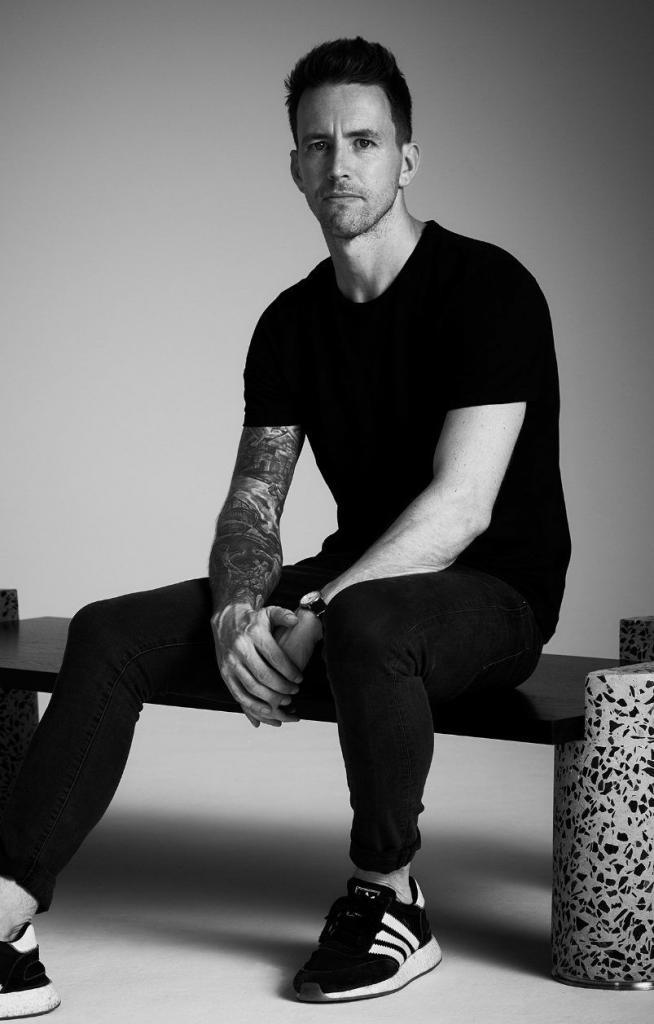Paul Samuels – explorations of performativity and identity formation
Paul Samuels‘ work floats between visual languages. This versatility speaks to the intimacy established between him and his creative tool, the camera. It also speaks to the connection that forms between himself and those he photographs, as well as his conscious interrogation of context, both in the moment of creating the image and in his attentiveness to larger social structures. Even within this visual fluidity, Samuels has formed a distinct artistic footprint, the traces of which can be mapped out when viewing a collection of his images together. The location points in this map can be found in gritty elements retained in his compositional and postproduction choices.
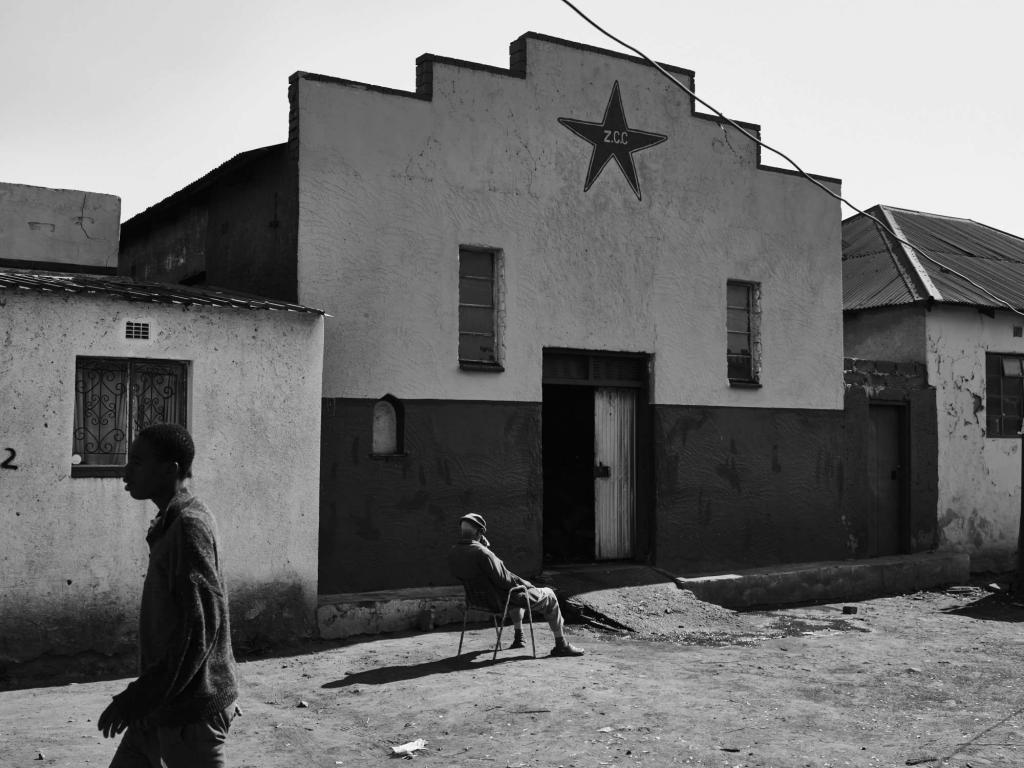
Click to purchase
As a white South African photographer, an awareness of his own positionality in conjunction with a continuous development in understanding the issues relating to South Africa’s colonial, apartheid and contemporary history are as much a part of his practice as the aesthetic and technical considerations of his creative output. For him, understanding and deconstructing these factors are a fundamental aspect of creating any sort of photographic works in context. Respect is the central criteria that holds all other considerations to account, from decisions as simple as camera angle to the more complex, such as the symbolism retained within a frame. This carries through from the moment of image taking to selection and editing. This combination of personal awareness, consideration of context and technical abilities is what makes his work appealing, and what allows him to continue to move towards a well-rounded practice.
He attributes the onset of his curiosity for photography to his father’s collection of encyclopedias called Life Library of Photography, and was particularly struck by the photograph Child in the Forest by Wynn Bullock. “That image confused me, as it felt like a dream and I did not think photography could do that. I thought a photograph was “real life”, and it was around then that I think my brain started to piece together that images can have an emotional impact on the viewer,” Samuels expressed. Growing into his teens, his obsession with the impact of photographic image expanded, experimenting with documentation of skateboarding with his friends. This evolved into the series XVIX, and the beginning of his practice.
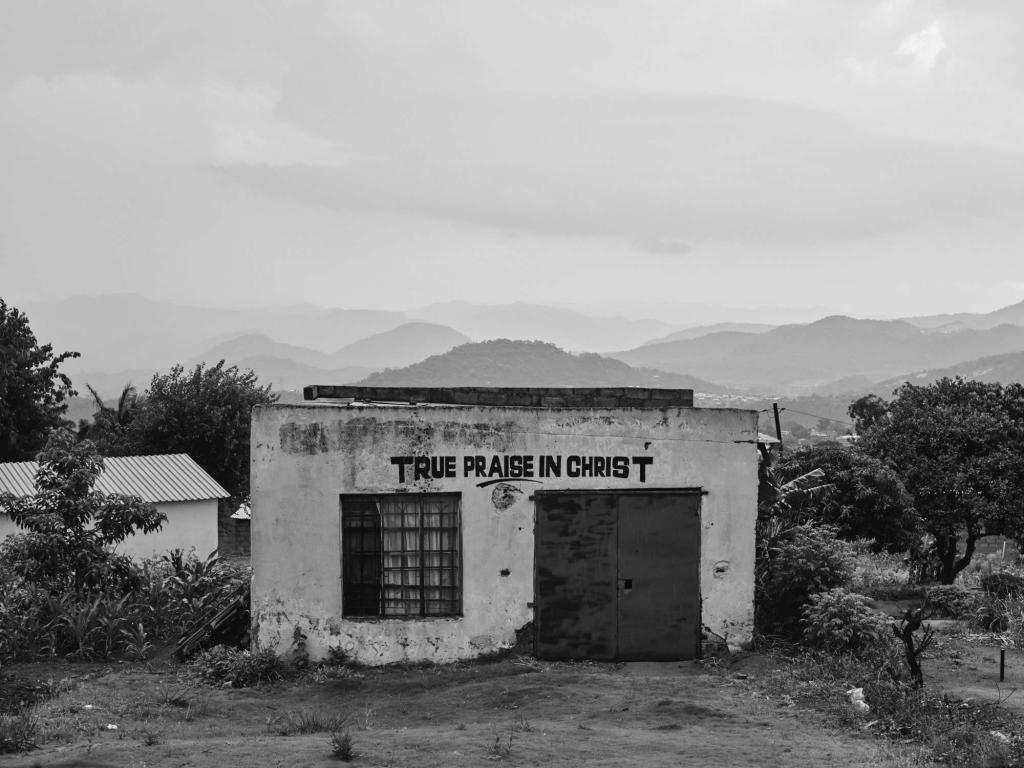
Click to purchase
His city, Johannesburg, also inspires conceptual and formal evolutions in his practice. The interest in the production of city-ness through people’s activities, interactions and navigation of space partners with impulse to document moments and have an emotional imprint on viewers as established in his boyhood. “I see and experience things in Johannesburg that resonate with my desire to understand and question the world I exist within,” Samuels shares. The act of looking and feeling in the world, and being open to different environments and encounters, produces a layered continuum of affective and experiential references. The residue of these manifest in direct and sometimes more subtle ways in his imagery.
In Samuel’s work the portrait becomes a perspective through which to explore the interaction between the individual and the societal or subcultural. The elements of expression highlighted in his work – clothing, accessories, facial expression – give indications of personal adaptation or adherence to collective lived-ness and interpretation of spacio-temporal entanglements. “I am interested in the ways groups develop and constitute themselves; how they share a common identity that reflects their own set of values and sense of purpose. I look at the ways in which people present themselves through dress, gesture and attitude in the spaces and places they occupy, and how I can represent this in my photographs,” Samuels expresses. The potency of these explorations of identity performance and construction become apparent in the intimacy established in each shot, combined with relationship established between gaze of the person photographed and viewer in the act of observing and being observed. This is visible in Samuel’s recent series The Dance We Do.
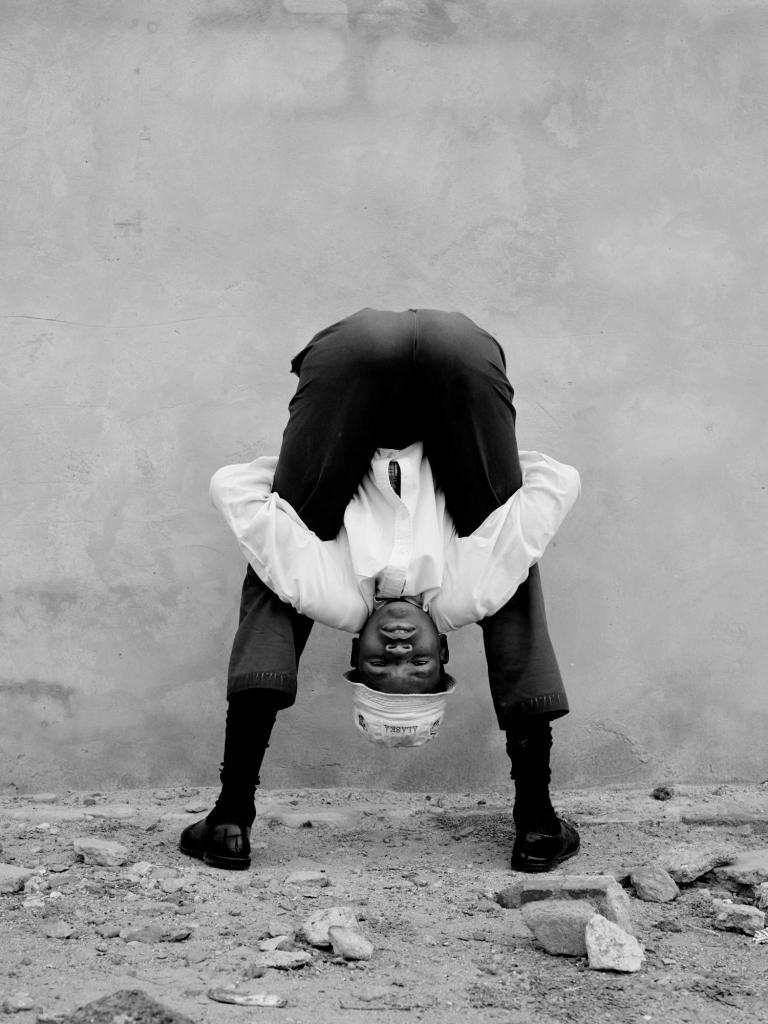
From the series « The dance we do »
Click to purchase
This series, like with his other work, formed through exploration of and connection to space, place and people. After visiting a friend in Kagiso, a township on the outskirts of Johannesburg, he was introduced to introduced to a dancer, Fuluelo aka “Skeleton”; a nickname he received from his incredible ability to contort his body.
“I happened to be in the space with my camera and Fuluelo and his friends wanted to present their dance moves for the camera. After seeing the amazing things he could do, I knew I had found something beyond. He embodied that ‘thingness’ which I was searching for. The quiet man, with the desire to show the world who he is. And his performance of this was what gave the spark,” Samuels shares on the moment that inspired the series.
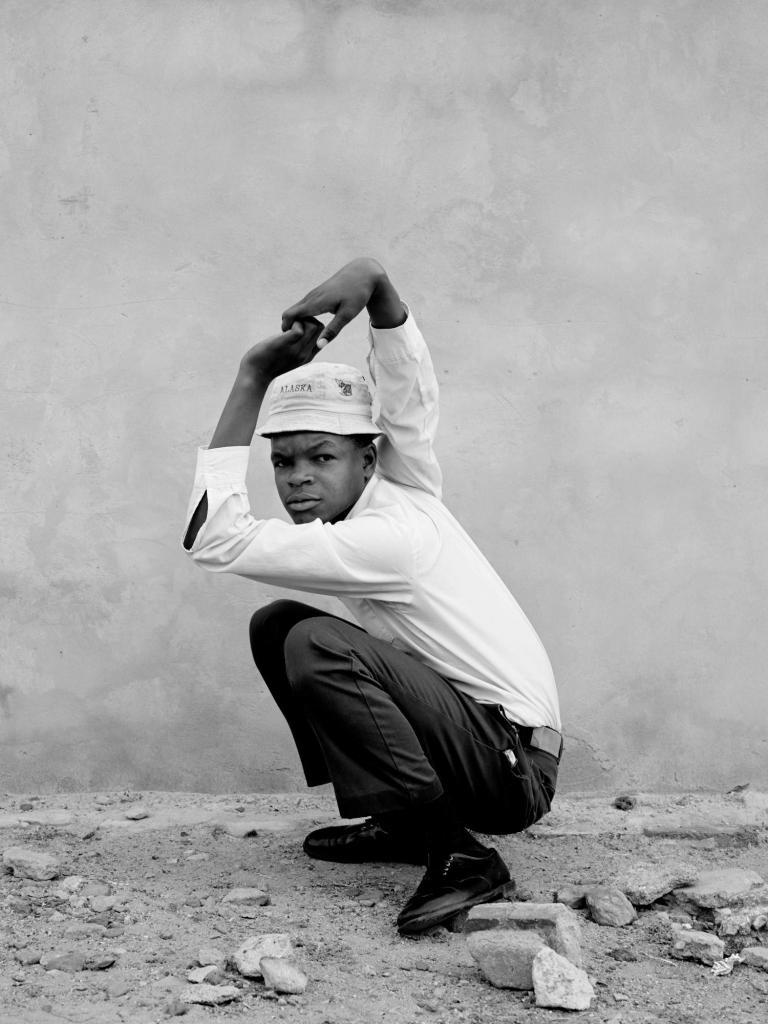
From the series « The dance we do »
Click to purchase
Through this unplanned, interpersonal encounter and an admiration for Fuluelo’s abilities, this series becomes an exploration of the body, and an extension of Samuels’ thematic concerns around identity formation and how we present ourselves. The uses of a cross, school shoes, the Alaska bucket hat play a larger role in the way in which Fuluelo paints a picture of his space within the world, and how he invites viewers into his spatial imaginary.
Therefore, the dance performed in the imagery operate as a glimpse into Fululelo’s world, solidified by his direct gaze. It also becomes a transitory, symbolic, almost universal moment, where we perform to the world to find our sense of belonging. The search to find comfort in ourselves and connection within a collective identity. These performances are interlinked with our identities and shaped by external forces found in all forms of media and cultural groups. “The act of posing for an image is a direct response to that, the pose and response to the camera is a projection of our own self belief of who we are, or who we hope to be,” Samuels shares.
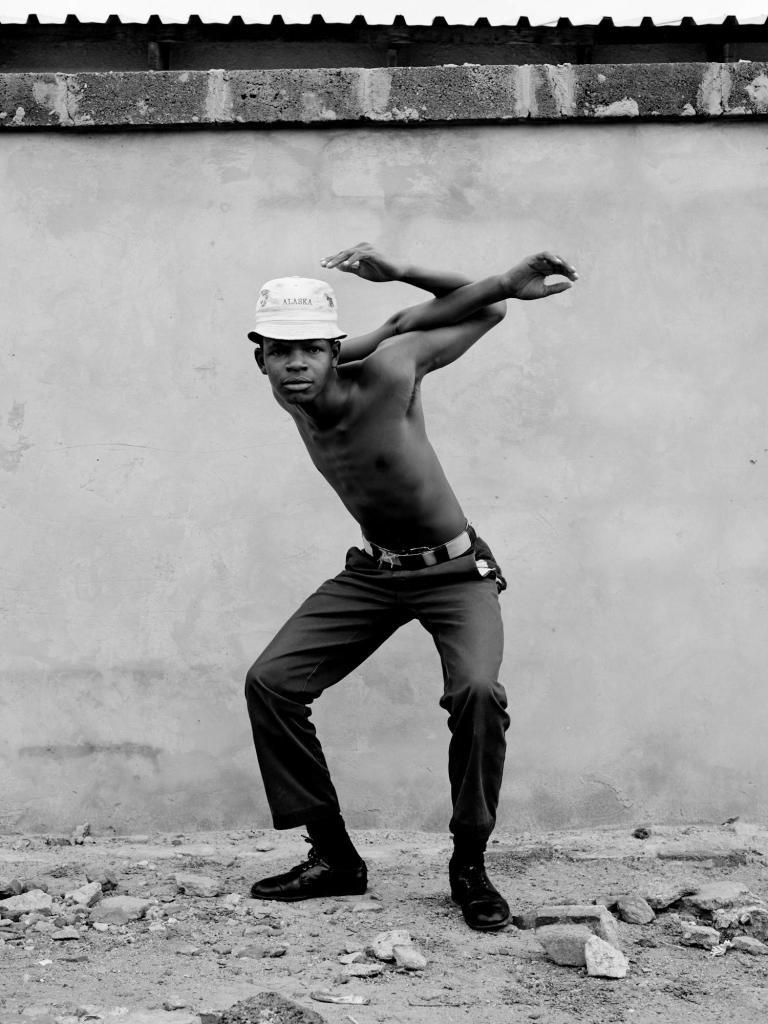
From the series « The dance we do »
Click to purchase
The significance of Samuels’ compositional choices come to light when thinking this idea of dance, performance and desire for self formation. The plain plastered wall as the background and the unpaved sidewalk become supporting actors in the Fuluelo’s scenes. In parts of South Africa, particularly in townships, these spaces become the playgrounds of the youth, the spaces where people congregate and socialize. This space is a space that is used for the performative acts of the youth, and a place to find themselves.
The decision to share these images as black and white encourages the viewer to neutralise any viewing assumptions that colour imagery often carries. It allows images to exist simultaneously in their specificity of Skeleton’s world and temporal frame, as well as occupy a position in more than one moment and place. Here, again, the series oscillates between the individualistic and the potential for a kind of universality. Texture and the form of the body are pulled forward, presenting conceptual collisions that can sometimes be crowded out by full colour.
The intimacy that comes from the desire for a sense of belonging and the presentation of self through performance makes this series one that possesses a resonance across geographical limitations. It is another example of Samuels’ ability to fuse the micro, local, and the heartfelt with the macro, the global and the complex; forming visual narratives that describe the human condition.

